living fence
paulakparker
13 years ago
Related Stories
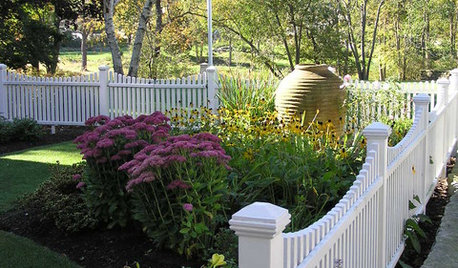
GARDENING AND LANDSCAPINGLandscape Detail: Do Fence Me In
For security and privacy or just a sweet backdrop to the begonias, a fence in your garden or yard is the finishing touch
Full Story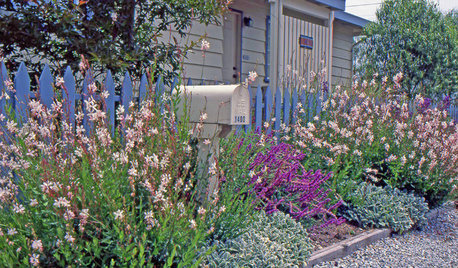
GARDENING AND LANDSCAPINGEnhance Your Yard With the Right Fence Color
Perk up your patio or landscaping this summer with a fence color that complements your home's exterior and sets off plantings
Full Story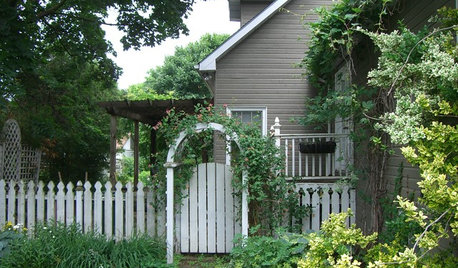
GARDENING AND LANDSCAPINGEnduring Design: The Picket Fence
Wrap the Whole Yard or Just Add a Touch of This Classic Symbol of Home
Full Story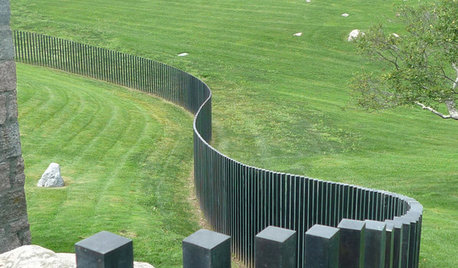
LANDSCAPE DESIGNGood Fences, Good Neighbors — and Good Views
See-through vertical fencing connects a yard with its surroundings while keeping children and pets safely inside
Full Story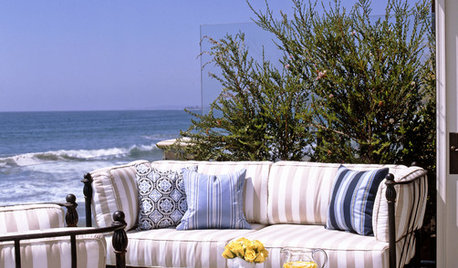
GARDENING AND LANDSCAPINGHow to Screen a Seaside Garden From the Wind
Lucky enough to live by the coast? Here’s how to protect your garden and deck from the harsh sea breezes
Full Story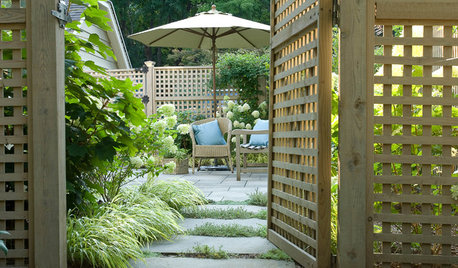
GARDENING AND LANDSCAPINGUpgrade Your Outdoor Privacy With Lattice
Keep prying eyes in their place while letting the light peek through when you add lattice fencing to your yard or patio
Full Story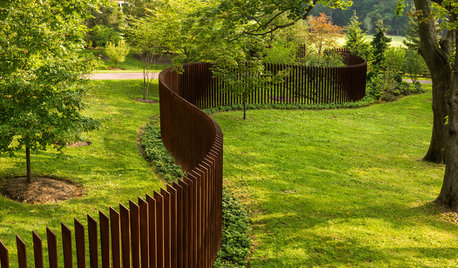
FENCES AND GATES12 Delightfully Different Garden Walls and Fences
If pickets seem picked over and you shrink from chain link, try these full-of-personality fencing alternatives
Full Story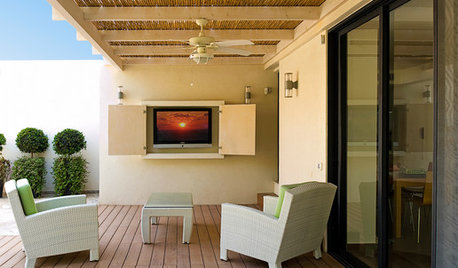
GARDENING AND LANDSCAPINGBamboo Screens Make Your Garden Glow
Natural, Renewable Material Brings Filtered Light and Privacy to Outdoor Rooms
Full Story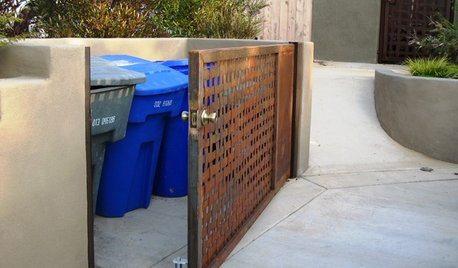
GARDENING AND LANDSCAPINGLet's Talk Trash Bins
No one gazes fondly on garbage cans. Keep your street cred intact and your bins under wraps with these camouflage solutions
Full Story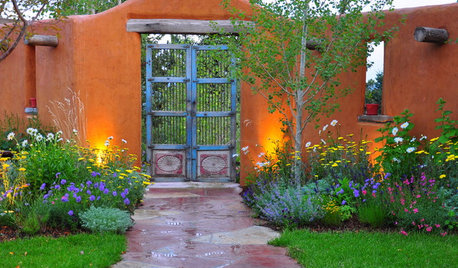
GARDENING AND LANDSCAPINGHow to Pick a Nice Wall for Your Garden Room
Made by hand, prefab or growing from the ground, garden walls are key landscaping elements. Here's what to think about for your yard
Full Story





conniemcghee
atokadawn
Related Professionals
Benbrook Landscape Architects & Landscape Designers · Glendale Heights Landscape Contractors · Hayward Landscape Contractors · Hicksville Landscape Contractors · Lake Worth Landscape Contractors · Longmont Landscape Contractors · Northlake Landscape Contractors · Golden Valley Landscape Contractors · North Hills Landscape Contractors · Downers Grove Solar Energy Systems · Danbury Roofing & Gutters · Knoxville Roofing & Gutters · Plainfield Roofing & Gutters · Rome Roofing & Gutters · Norridge Roofing & Guttersmillingtoncb
brandon7 TN_zone7
conniemcghee
brandon7 TN_zone7
millingtoncb
brandon7 TN_zone7